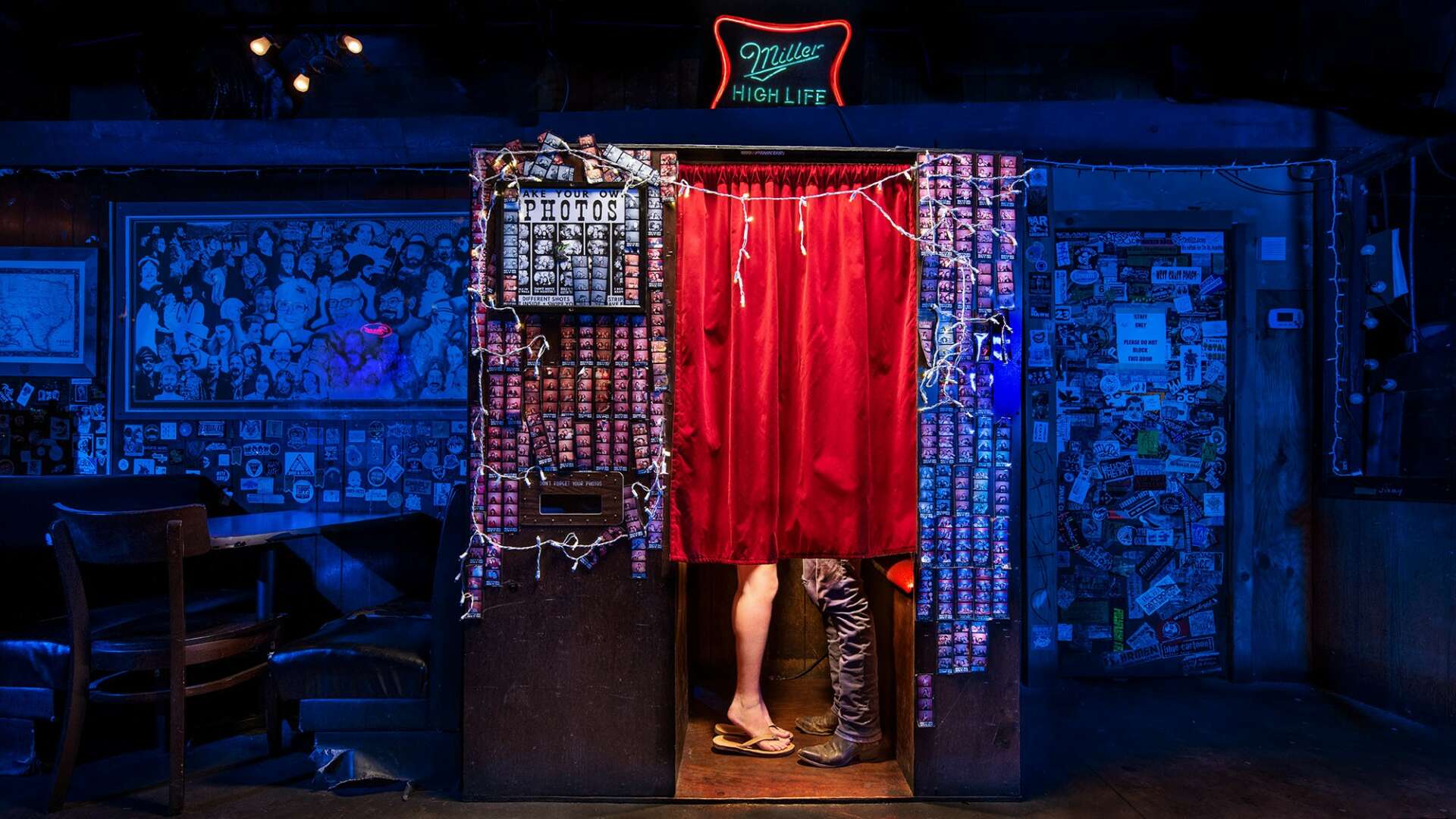We recently connected with Gary Smith and have shared our conversation below.
Gary, appreciate you joining us today. Have you been able to earn a full-time living from your creative work? If so, can you walk us through your journey and how you made it happen? Was it like that from day one? If not, what were some of the major steps and milestones and do you think you could have sped up the process somehow knowing what you know now?
Earning a living as a full-time photographer is a huge challenge to get to that level and to have the longevity that could be called a career. There are so many factors that come in to play like the economy, your market, your goals as a photographer and of course the ever-present financial obligations. I have realized that there are always photographers that are more talented and less talented. There are those that charge far more and far less. It’s not always the most talented photographer that has longevity. Yes, your work has to be good enough to get and keep clients regardless of what kind of work you do. This is no different than any other business which brings me to my next point.
Earning a living as a photographer is more about running a business and less about your skill as a photographer once you’ve reached a level where people are willing to pay you for your service. If I had one recommendation to younger photographers it would be to either attend business school or perhaps go to work for a small business and learn everything you can about accounting and the overhead of running a successful business. As a business owner you will have to pay taxes (usually to at least 3-4 different. entities), you have to hire others for the gigs you book including assistants, hair and makeup artists, stylists and others. How about a bookkeeper? Do you have the skill and discipline to run a business? Oh and you’ll also need to be a master of marketing.
Competition is very high for most photographers. So you have to be willing to work harder and longer hours than the others to grow and keep your business moving forward. Try this, walk into any small service business and ask the owner how many hours a week they work? I bet the answer you get is between 60 and 80 hours a week. Are you up for that? As I write this, it’s 2:00 on Saturday. I had 3 shoots in the last week and I spent the morning working on images from one of the shoots. I’m not finished with those because I’m now waiting on the client. I have another full-day shoot on Wednesday for a commercial client and there will be at least a day and a half of additional work before I’m finished with all of the images. I shot 16 portraits in January plus a relatively large contract that won’t wrap up for another 3 weeks that is roughly 40 hours a week.


Gary, before we move on to more of these sorts of questions, can you take some time to bring our readers up to speed on you and what you do?
I focus on portrait and commercial photography. My commercial work ranges from eCommerce product photography to lifestyle and other brand related work. I get hired if they like my work, I can meet their budget and I can give them the confidence I will deliver. I realize a commercial client has a lot riding on my abilities and every client gets my best effort every time.
Communication skills are key in this business. I am fairly detailed in the written estimates I provide and I ask a lot of questions about the client’s needs. As shoots and clients get larger this becomes even more critical to ensure success. Even for an individual looking for a portrait or branding session I still use a written agreement that sets expectations for the job.
I hesitate to talk about gear but it can matter. When I was starting out I had purchased some lighting kit that was at the entry level of professional lighting but it was within my budget. After using that kit for a few years I realized I was not up to expectations. Since then I have upgraded a lot of my gear and I show up only with top-rated gear that I can rely on to work for my clients.



Have you ever had to pivot?
Yes, I went through a difficult period financially a couple decades ago and I committed to never let that happen again. It was largely because of that situation I began to develop my photography skills so I could rely on myself rather than an employer. There is a certain freedom you enjoy when you work for yourself or supplement another source of income by working for yourself. Some might call this a backup plan but I think of it as another income stream.



Does your business have multiple or supplementary revenue streams (like a ATM machine at a barbershop, etc)?
I’ve spent some years in technology sales and I’ve learned a few things along the way. Foremost is not every customer or job is going to be a whale. You must set and manage revenue goals for your business to keep it running. You need a segment of customers that keep the lights on and they will be the largest group. Meaning those clients will allow you to meet your personal and business financial obligations. To exceed your goals and “hit your sales target”, you need to land a large job about once per quarter. If you are not hunting for those large jobs to hit or exceed your sales goals then your goals are too low.
Multiple revenue streams are also very important as they can help keep those lights on. I have a technical degree and I engage in consulting or other technical work from time-to-time. The ideal revenue stream is one that does not require time on an hourly basis to deliver the product or service. This is why you see so many photographers selling online pre-recorded educational content or have developed income streams using social media. The latter can turn into a full-time job that is difficult to sustain so be careful with that one.
Contact Info:
- Website: https://www.loop1photography.com
- Instagram: @loop1photography


